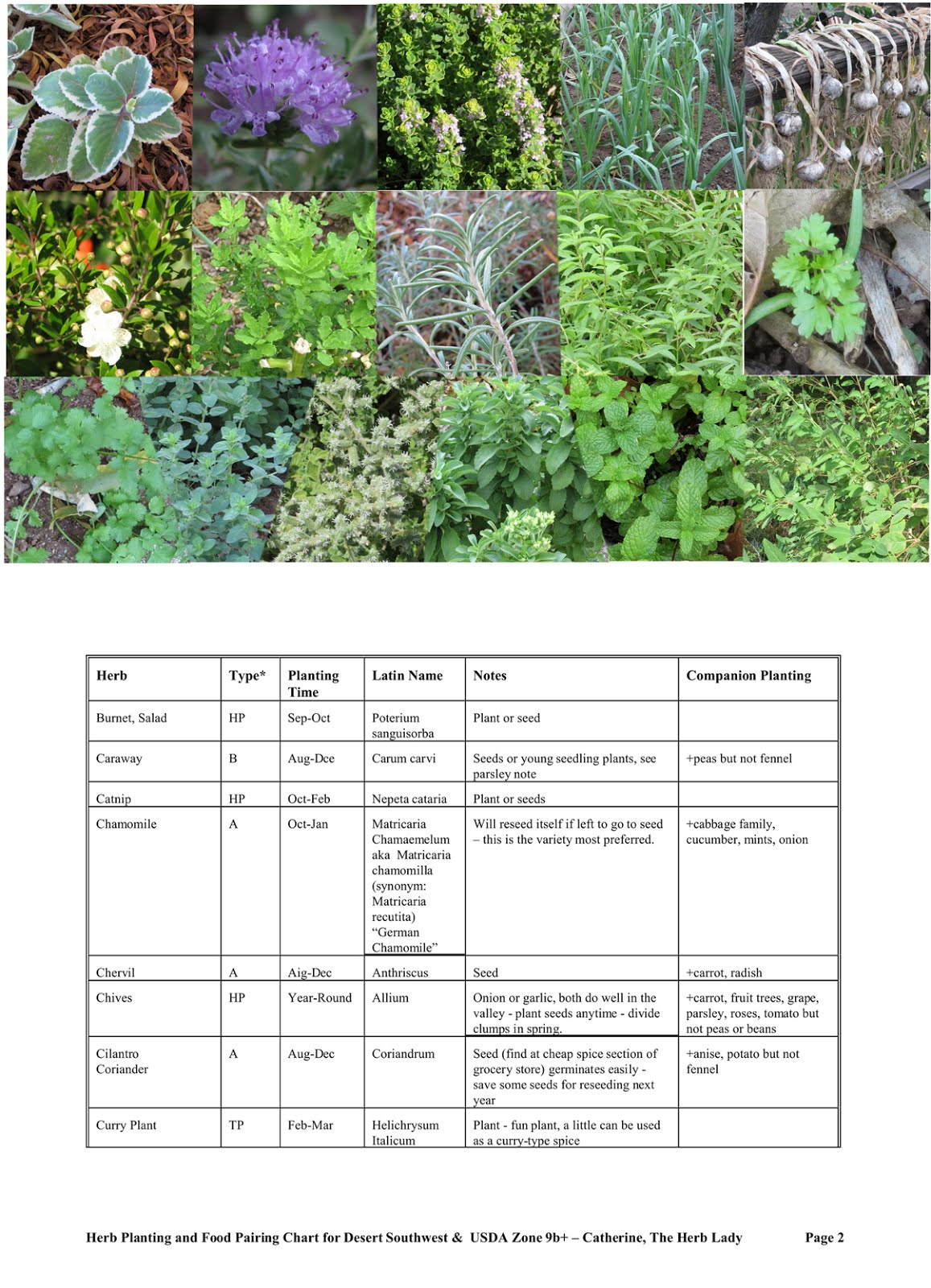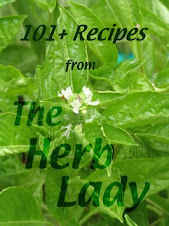The weather is just plain gorgeous, so much is in bloom, wherever I turn there is something colorful and either here for a little while or promising fruit later.
There there is another "where there is a will there is a way" surprise in our gardens. I let Johnny Jump-Ups freely reseeding in the gardens. Sometimes I have to remove them if they get overly ambitious in some beds, but for the most part this completely edible darling little plant can be wherever it wants to be -- including the side of our dump trailer!!
Deane spotted this Sunday morning and no that is not growing from debris inside the trailer, the seed lodged into a chink in the rusty side. Don't you just love nature!
As we move into higher temperatures there are still many edibles which can be sown or transplanted. IF YOU are transplanting with purchased seedlings and shrubs you need to harden off (help adjust to sun intensity) by introducing to full sun gradually over the coarse of several day. Day 1 - 1 hour in the sun then back into shade (not inside); day 2 - 2 hours, then back into the shade, etc. until the plant(s) have been in the sun 4 or more hours. Then transplant in the evening, give them a good watering (even if you already watered the area) and the plant should be-good-to-grow.
One of the single biggest mistakes in transplanting in the heat is a greenhouse-grown plant is not ready for both the intensity of our sun AND the heat. If it is struggling with that intensity, while trying to grow roots the plant may die from the stress. It is not just about watering properly. Also SEE my note about Flower Mulching below to give you an soil canopy option to mulch.
Speaking of Mulch - it is a great "tool" in the garden, keeping the soil moist, minimizing evaporation and weeds and also keeping the soil and roots of plants cooler. It is also a subway tunnel for pests to tender stems. Keep mulch at least several inches away from the base of any transplant.
Use cardboard tubes cut into 3-4 inch sections to protect seeds and tiny seedlings from those pests and you can lay mulch down 1-2 inches outside the tube for the additional help. The tube degrades into the soil. Bury the tube about half way into the soil. [Pictured are Roselle Seeds sprouted in place - these can be planted in April or May - they love the summer heat!.] Roselle is another all edible plant, the leaves, flowers but mostly the swollen Vitamin C rich flower calyx.
APRIL PLANTING:
Artichoke, Jerusalem; Bean, Snap; Beans, Soy; Cantaloupe; Caper plants; Carrots; Cucumbers; Garlic, Green; Jicama; Melons, Musk; Okra; Onion, Green; Peanuts; Peas, Sugar; Peas, Black Eyed; Peppers; Radishes
EDIBLE FLOWERS TO PLANT:
Impatients Wallarana; Marigolds, including Tangerine Scented (Tagetes Lemonii), Citrus Scented (Tagetes Nelsonii); Portulaca; Purslane; Scented Geraniums; Sunflower; Sweet Alyssum, Roselle/Jamaica Sorrel (Hibiscus sabdariffa)
FLOWER "MULCHING": Soil canopy (shade) is necessary to protect young plants. Purchase 6 pack of flowers, surround transplanted herb or veggie with 3-5 flower plants - "think" 12 inch diameter circle. Why? This cools the soil surface and shades the sides of the primary transplant, without encouraging pests near tender stems.
Grilling Time!

 Nothing says get-outside-and-grill like gorgeous weather. I had a turkey in the freezer and I love the ease of thawing and butterflying it, covering with a butter and herb/or seasoning mix, setting up for indirect heat on our webber kettle and 2.5 hours later - give or take 10 minutes - it is done! And delicious.
Nothing says get-outside-and-grill like gorgeous weather. I had a turkey in the freezer and I love the ease of thawing and butterflying it, covering with a butter and herb/or seasoning mix, setting up for indirect heat on our webber kettle and 2.5 hours later - give or take 10 minutes - it is done! And delicious.I gather the 'leavings' and toss in the crock pot with celery, carrots, onions and some black pepper corns and cook down to a broth.
Thinning Deciduous Fruit
If you have not thinned your peach etc trees it is time now for most of the peach, followed by apricots and plumes. Thinning does two things: if allows the remaining fruit to get bigger and eases the stress of too much weight on the branches. You want to thin when the fruit is 1/2 to 3/4 of an inch or so. Watch my short youtube video on thinning.
It has always been a sad thing for Deane and I to thin the peaches, but you can save the removed immature fruit and pickle them. This year I am trying a fermentation brining - I will let you know how that turns out. I am looking for a taste something like a crunchy olive.
But you can try this "sweet spicy" version of the pickling I did several years ago. It turned out well.
Have a great day in the garden and kitchen!
-- Catherine, The Herb Lady
On the SideBar - links to my books, calendars, Twitter and my Youtube Channel
My Facebook Page
If you enjoyed this post, subscribe below by entering your email, to get all my posts!
Disclaimer: Clicking on links on this blog may earn me a small commission if you purchase something. Your price does not change.
























No comments:
Post a Comment